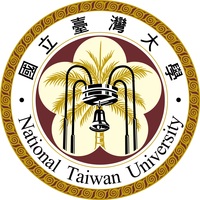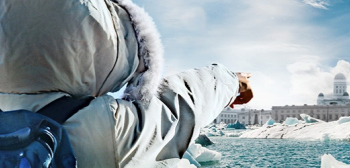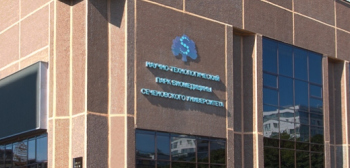- #=63 QS Global World Ranking
- PublicStatus
- Very HighResearch Output
- 17,716Total Students
- 2,217Faculty
- 4,369Int'l Students
QS Global World Ranking
The University’s position in the current QS World University Rankings.
The University’s position in the current QS World University Rankings.
Status
Whether the University is funded by the government of that country or state, or funded by private donations.
Whether the University is funded by the government of that country or state, or funded by private donations.
Research Output
The research intensity of the University, based on the number of papers output relative to the University’s size.
The research intensity of the University, based on the number of papers output relative to the University’s size.
Total Students
The number of full time equivalent students enrolled at the University.
The number of full time equivalent students enrolled at the University.
Faculty
The number of full time equivalent teaching staff employed by the University.
The number of full time equivalent teaching staff employed by the University.
Int'l Students
The number of full time equivalent international students enrolled at the University.
The number of full time equivalent international students enrolled at the University.
National Taiwan University (NTU)
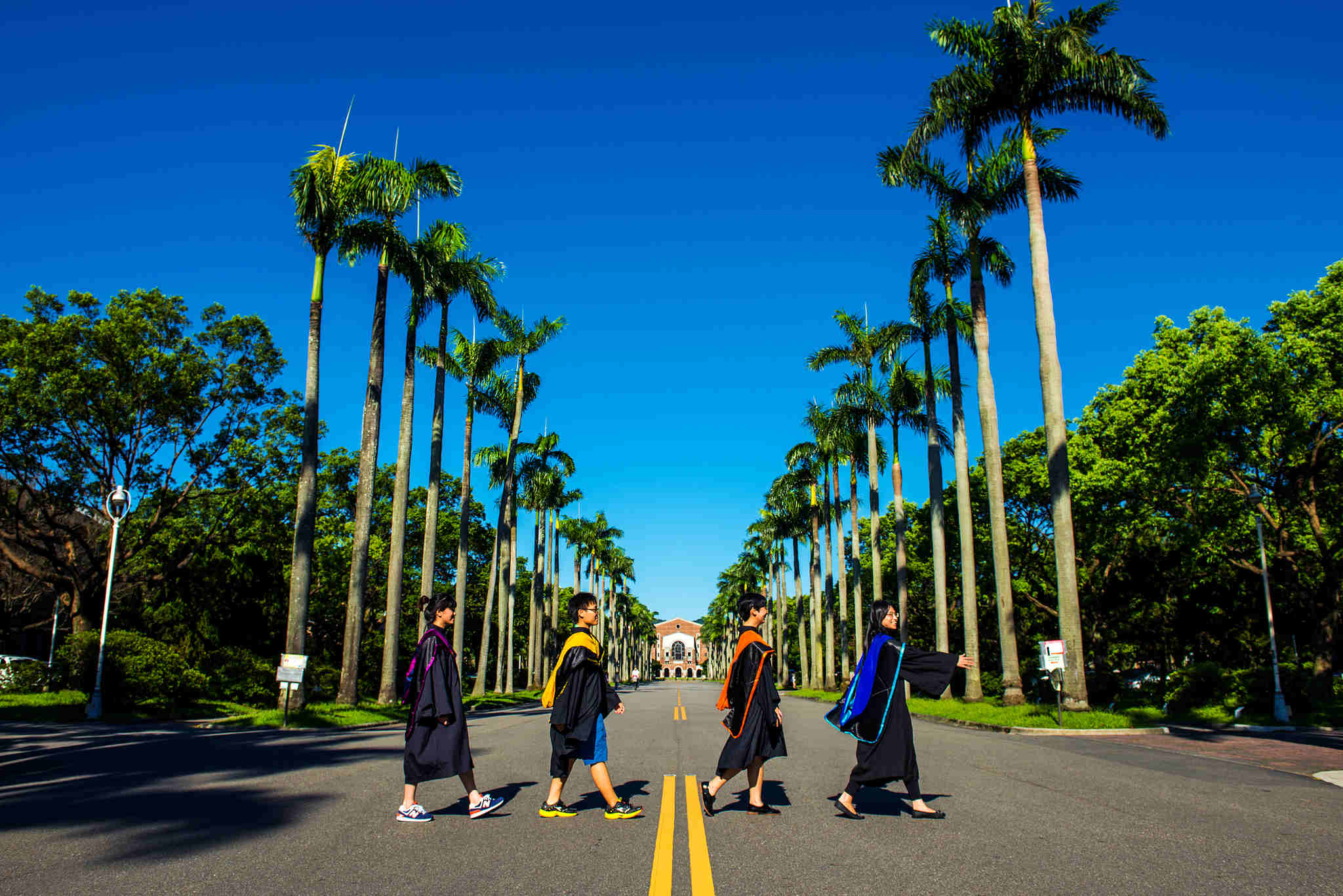



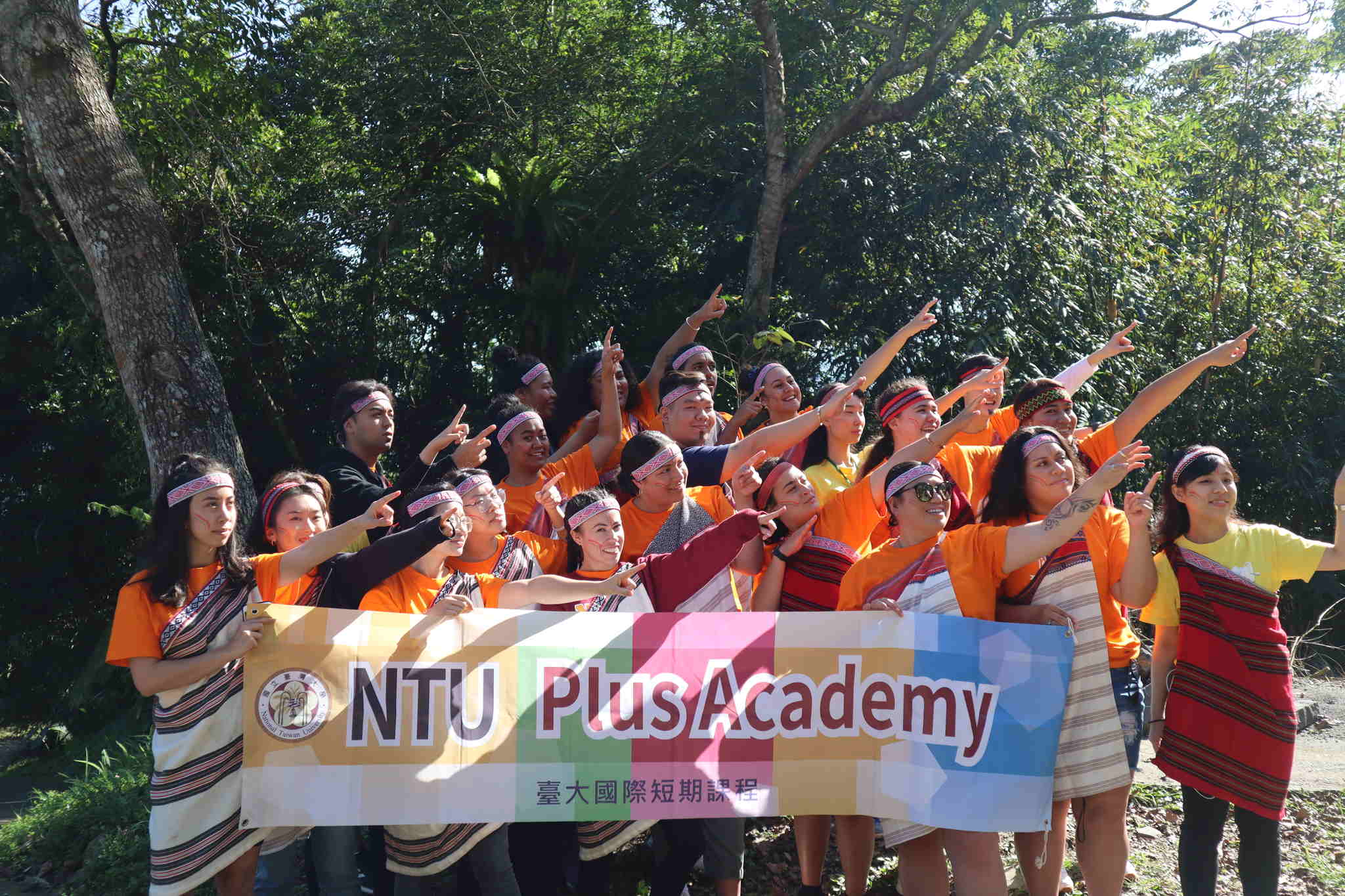



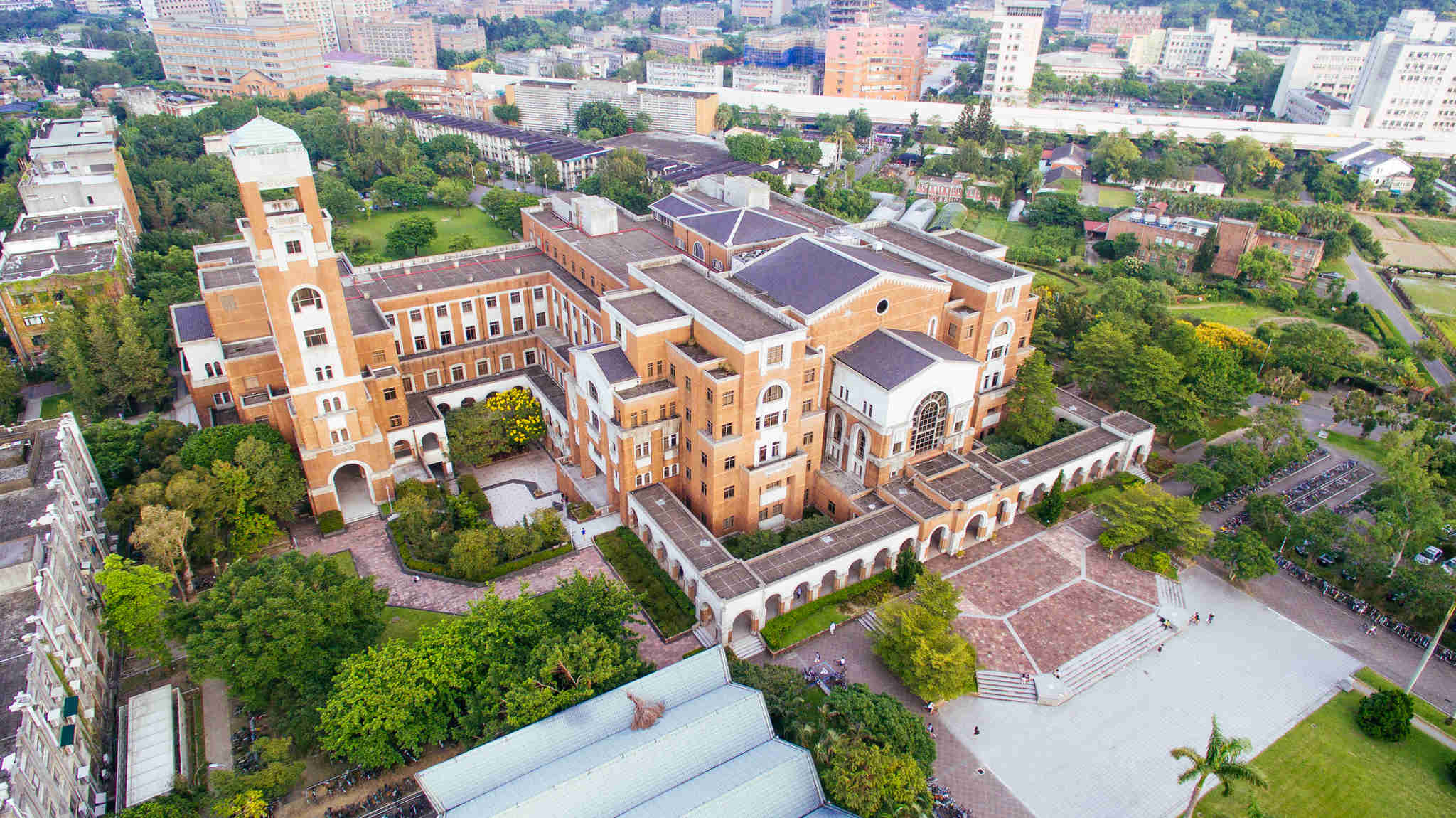
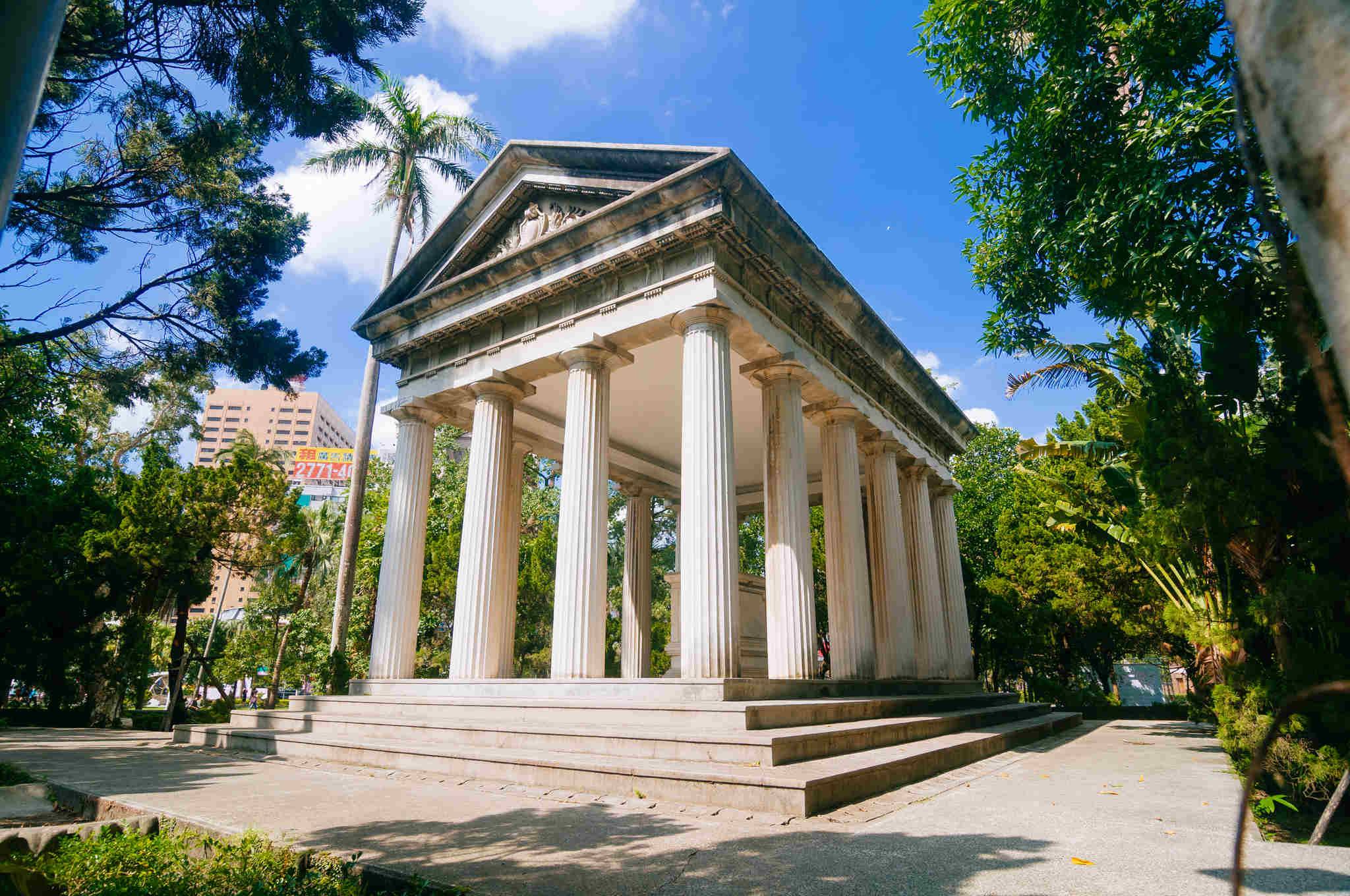

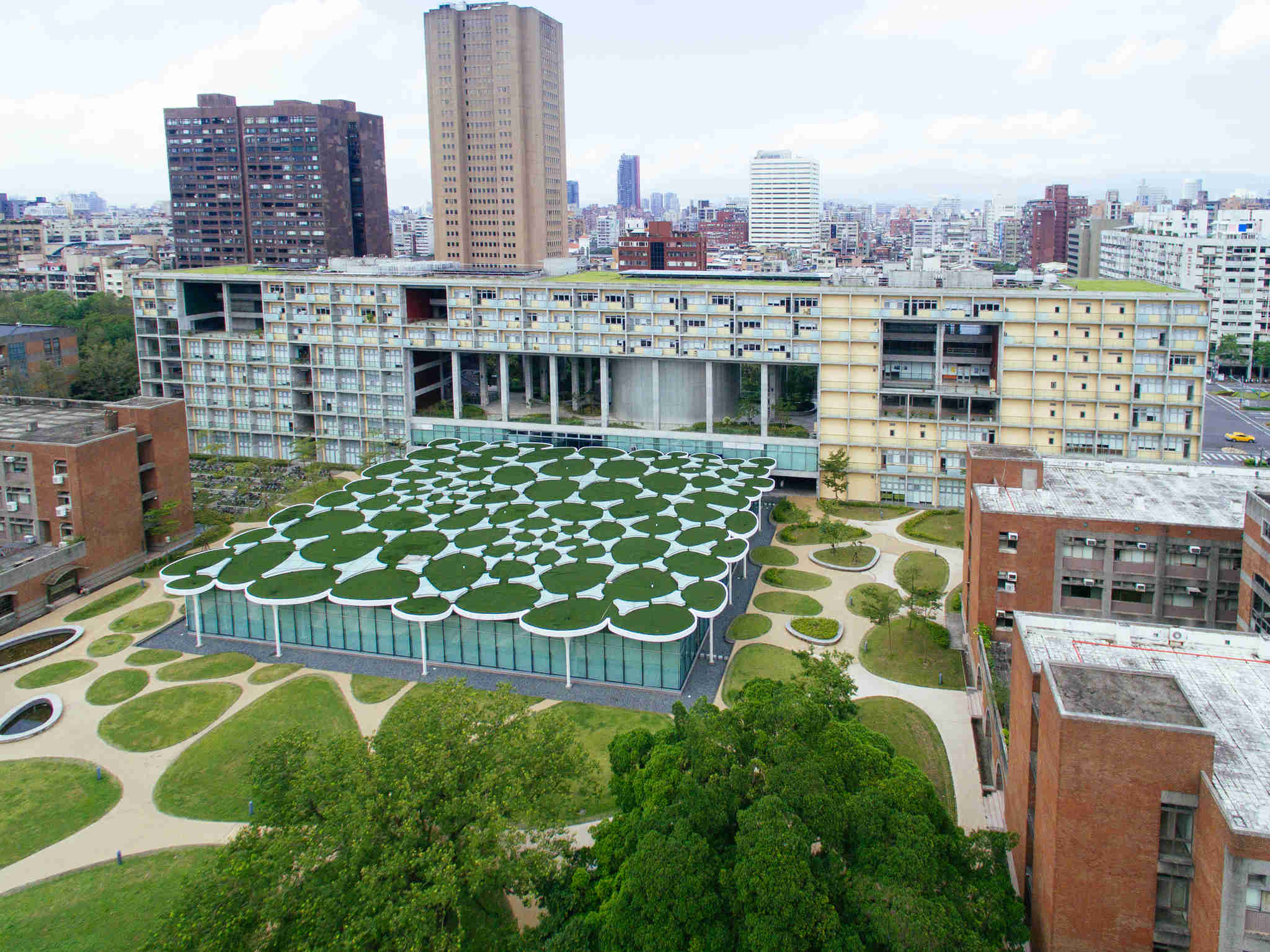

















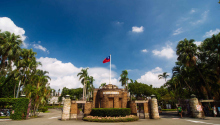
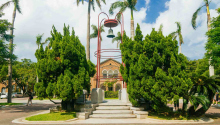


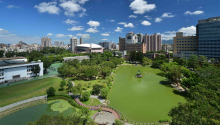

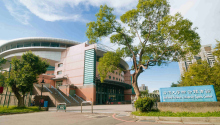
About
Read more
Read less
The first president was Dr. Shidehara Tan Tairaka Hiroshi. When Taihoku University was first established, it had two colleges: the College of Liberal Arts and Law, and the College of Science and Agriculture, and had a combined total of 60 students. The College of Medicine and the College of Engineering were added in 1936 and 1943 respectively. The College of Science and Agriculture was also divided into two colleges in 1943: the college of Science, and the college of Agriculture. The college of Agriculture was divided into three sections: the College of Agriculture and Forestry, the College of Medicine, and the Graduate Institute of Tropical Medicine. During Taihoku Imperial University period, every college consisted of "lectures", which were conducted by a professor and included assistant professors, assistants, instructors and office employees. In 1945, the five colleges had 114 lectures with 382 students. The College of Liberal Arts and Law had 25 lectures, the College of Medicine had 24, the College of Science had 13, the College of Agriculture had 22, and the College of Engineering had 30. After World War II and Taiwan's retrocession to Chinese Sovereignty, the R.O.C. government resumed the administration of Taihoku University and reorganized and renamed it ''National Taiwan University'' on November 15, 1945, with Dr. Lo Tsung-lo serving as the first president. The College of Liberal Arts and Law was divided into two colleges: the College of Liberal Arts and the College of Law. The University thus consisted of six colleges (Liberal Arts, Law, Science, Medicine, Engineering, and Agriculture) and had twenty-two departments with 500 odd students. The Evening Division, the College of Management, the College of Public Health, and the College of Electrical Engineering (renamed as the College of Electrical Engineering and Computer Science in 2000) were established respectively in 1967, 1987, 1993, and 1997. In 1999, the College of Social Sciences replaced the College of Law, and the Department of Law was upgraded to become the College of Law. The evening division and the Center of Continuing Education were also combined into the Division of Continuing Education & Professional Development. In 2002, the College of Agriculture was renamed the College of Bio-Resources and Agriculture. In 2003, the College of Life Science was established. As of the 2004 academic year, the University has a total of eleven colleges, 54 departments, 96 graduate institutes (which offer 96 Master's programs and 83 doctoral programs), and four research centers: the Division of Population and Gender Studies, the Center for Condensed Matter Sciences, the Center for Biotechnology, Japanese Research Center, and the Biodiversity Center. The number of students reached 29,877 in 2004, including the students from the division of Continuing Education & Professional development. A new library was built in 1998, and now contains over 3,000,000 volumes of books.
About
The first president was Dr. Shidehara Tan Tairaka Hiroshi. When Taihoku University was first established, it had two colleges: the College of Liberal Arts and Law, and the College of Science and Agriculture, and had a combined total of 60 students. The College of Medicine and the College of Engineering were added in 1936 and 1943 respectively. The College of Science and Agriculture was also divided into two colleges in 1943: the college of Science, and the college of Agriculture. The college of Agriculture was divided into three sections: the College of Agriculture and Forestry, the College of Medicine, and the Graduate Institute of Tropical Medicine. During Taihoku Imperial University period, every college consisted of "lectures", which were conducted by a professor and included assistant professors, assistants, instructors and office employees. In 1945, the five colleges had 114 lectures with 382 students. The College of Liberal Arts and Law had 25 lectures, the College of Medicine had 24, the College of Science had 13, the College of Agriculture had 22, and the College of Engineering had 30. After World War II and Taiwan's retrocession to Chinese Sovereignty, the R.O.C. government resumed the administration of Taihoku University and reorganized and renamed it ''National Taiwan University'' on November 15, 1945, with Dr. Lo Tsung-lo serving as the first president. The College of Liberal Arts and Law was divided into two colleges: the College of Liberal Arts and the College of Law. The University thus consisted of six colleges (Liberal Arts, Law, Science, Medicine, Engineering, and Agriculture) and had twenty-two departments with 500 odd students. The Evening Division, the College of Management, the College of Public Health, and the College of Electrical Engineering (renamed as the College of Electrical Engineering and Computer Science in 2000) were established respectively in 1967, 1987, 1993, and 1997. In 1999, the College of Social Sciences replaced the College of Law, and the Department of Law was upgraded to become the College of Law. The evening division and the Center of Continuing Education were also combined into the Division of Continuing Education & Professional Development. In 2002, the College of Agriculture was renamed the College of Bio-Resources and Agriculture. In 2003, the College of Life Science was established. As of the 2004 academic year, the University has a total of eleven colleges, 54 departments, 96 graduate institutes (which offer 96 Master's programs and 83 doctoral programs), and four research centers: the Division of Population and Gender Studies, the Center for Condensed Matter Sciences, the Center for Biotechnology, Japanese Research Center, and the Biodiversity Center. The number of students reached 29,877 in 2004, including the students from the division of Continuing Education & Professional development. A new library was built in 1998, and now contains over 3,000,000 volumes of books.
University highlights
- 2012#80
- 2014#82
- 2015#76
- 2016#=70
- 2017#=68
- 2018#=76
- 2019#72
- 2020#69
- 2021#=66
- 2022#68
- 2023#77
- 2024#69
- 2025#68
- 2026#=63
QS Stars is a rating system that helps you select the right university based on your
interests. It provides a detailed look at an institution, identifying which universities rate highest in
the
specific topics that matter to you, like facilities, graduate employability, social responsibility,
inclusiveness, and more.
Similar Universities
Sechenov University
8-2 Trubetskaya street, Moscow
Russian Institute of Theatre Arts (GITIS)
Maly Kislovskiy Lane, 6, Moscow
Related content

Where Can You Study Abroad f…
By
Laura
T
Updated
536
1

Top Universities in the Worl…
By
Sabrina
Collier
Updated
1.5k
0

Top Universities for Mathema…
By
Sabrina
Collier
Updated
318
0

Top Universities for Physics…
By
Belkis
Megraoui
Updated
303
0

Top Law Schools in 2019
By
Sabrina
Collier
Updated
240
0

Top Medical Schools in 2019
By
Belkis
Megraoui
Updated
517
0

Top Universities for Economi…
By
Belkis
Megraoui
Updated
428
0

Top Universities for Psychol…
By
Belkis
Megraoui
Updated
574
0

Top Business Schools in 2019
By
Sabrina
Collier
Updated
459
0
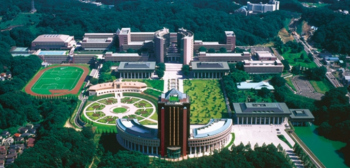
Top Universities in Asia for…
By
Craig
OCallaghan
Updated
231
0
Test preparations
Featured University


Sponsored
438
QS World University Rankings
-
10 UG & 47 PGTotal courses
-
Private for ProfitStatus
-
HighResearch output
National Taiwan University (NTU)
basic
8
no
4369
XL
EN
